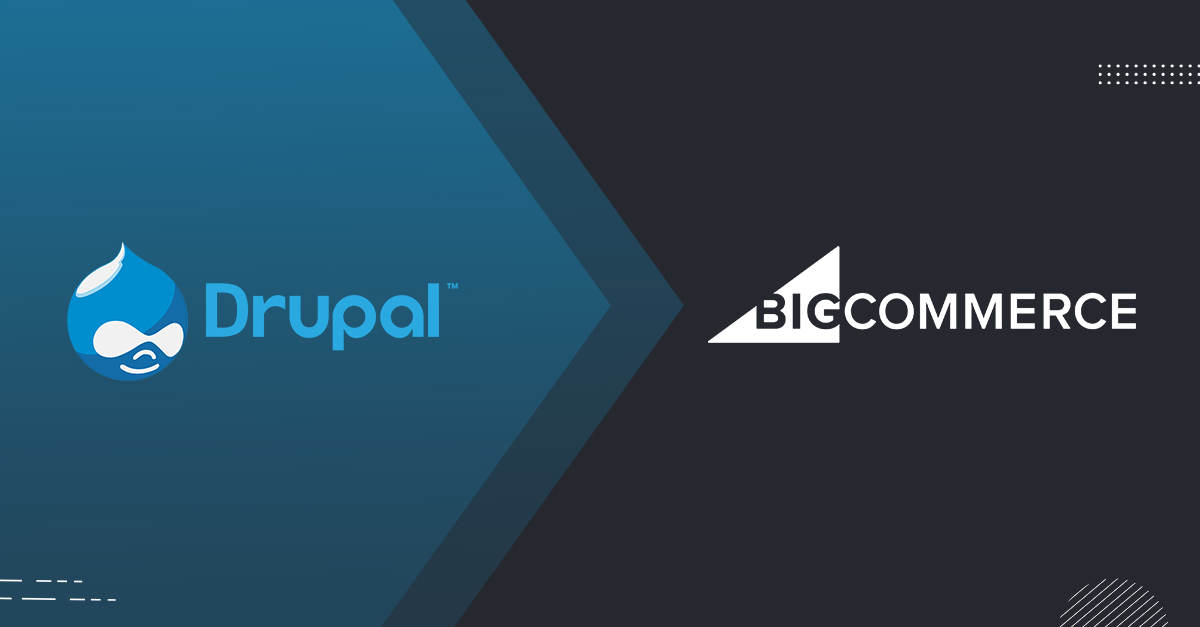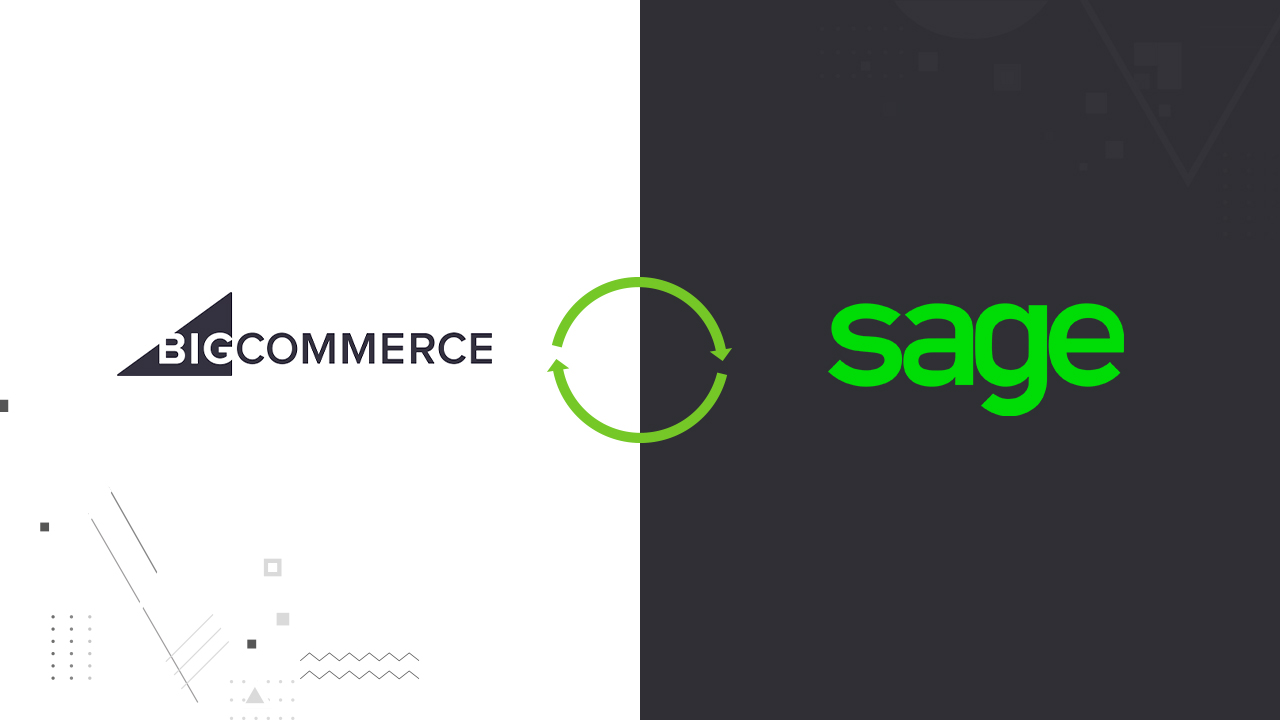SaaS vs Open SaaS E-Commerce: A Shopify and BigCommerce Comparison

Online shopping is the new norm. Why? In the U.S. alone, eCommerce sales are projected to exceed $1.3 million by 2025, which is triple of what it was a decade ago. As a result, retailers globally are racing to go digital to attract new customers and secure sales.
If you are one of those retailers, chances are that you are considering several different options to build your new store. Businesses looking for efficient and flexible e-commerce solutions often turn to SaaS e-commerce solutions to streamline their online operations and improve customer experiences. As exciting as it is, it can be a bit challenging to choose the right one. However, selecting the right eCommerce platform holds paramount importance in today’s competitive business landscape. And, with diverse options available, the sensible choice doesn’t seem simple.
By now, you might have stumbled upon the terms, SaaS E-Commerce Platforms and Open SaaS E-Commerce Platforms. Let’s take a look at what each of these means and what will be the better choice for your business.
What is SaaS and Open SaaS in E-Commerce
In a nutshell, SaaS (software-as-a-service) is a subscription-based software solution built and maintained by a third-party provider, enabling users to essentially “rent” the software without the added complexity of developing and building the platform. With an estimated market value of $171.9 billion in the year 2022 — all the way up from $31.4 billion in the year 2015 —SaaS eCommerce is unquestionably on the rise.
Although SaaS has come a long way in offering flexibility, the level of customization it offers is still limited. To overcome this limitation, BigCommerce came up with a solution – Open-SaaS innovation. It is a web-based application built on open-source code; hosted in the cloud, supported, and maintained by a service provider. It combines the principles of a traditional Saas application with open-source capabilities, giving users the flexibility to customize their stores as per their needs.
In simple terms, Open SaaS is all about enabling a broad spectrum of exceptional shopping experiences, and the flexibility to deliver more complex, growth-driving customer experiences without having to re-platform.
The Major Players: Shopify and BigCommerce
When talking about SaaS and Open SaaS in the e-commerce industry, it’s worth noting that Shopify operates as a prominent SaaS platform, while BigCommerce serves as a major player in the open SaaS category. Let’s look at their comparison:
1. Scalability
BigCommerce is more feature-rich and is known for its scalability and ability to handle high traffic and sales levels. With its API-first approach, it gives users the ability to integrate apps and plugins that are best suited for a business. Since it is an open SaaS platform, it gives its users an edge by allowing them to customize their store for a better customer experience. This platform is best for medium to large-sized businesses.
Shopify, in comparison, is also a highly scalable platform that can accommodate businesses of small to medium-sized. It has the best apps and plugins which can provide businesses the scalability they require. However, it all can be achieved with Shopify Plus
Shopify 8/10
BigCommerce 9/10
2. Flexibility to Customize
Bigcommerce’s headless approach and Shopify’s Commerce components both embrace a headless e-commerce strategy, separating front-end and back-end functionalities. Bigcommerce allows developers to design custom user interfaces while utilizing its backend services. Similarly, Shopify enables developers to create bespoke storefronts with their chosen technologies, leveraging Shopify’s robust backend capabilities. Shopify has limited customization options for advanced users. However, both approaches provide flexibility for businesses to craft tailored e-commerce experiences.
Shopify 8/10
BigCommerce 9/10
Also, check out our article on: BigCommerce Headless Capabilities: Advantages and Drawbacks
3. Plans and Pricing
Shopify proposes 5 pricing plans with transaction fees. The transaction fees are on lower-priced plans.
- Shopify Lite: $9 per month
- Basic Shopify: $29 per month
- Shopify: $79 per month
- Advanced Shopify: $299 per month
Shopify offers Higher-priced plans that may be more expensive than competitors.
BigCommerce proposes 4 pricing plans without fees for transactions.
- Standard: $29.95 per month
- Plus: $79.95 per month
- Pro: $299.95 per month
Bigcommerce offers higher-priced plans that may be too expensive for small businesses.
Shopify 8/10
BigCommerce 9/10
4. Features
Shopify boasts several notable features, including robust reporting and analytics, effective abandoned cart recovery tools, a solid foundation for SEO, and comprehensive mobile support for e-commerce businesses. Shopify provides a wide range of pre-designed themes that can be customized using their theme editor but with limited customization options.
BigCommerce offers a range of features, including limitless storage capacity, robust performance analysis tools, a focus on quality over quantity with its app store, efficient order management, and processing capabilities. BigCommerce offers customizable themes and provides access to HTML/CSS and the Stencil framework for more advanced customization
Shopify 9/10
BigCommerce 8/10
5. Third-party Integrations
Shopify has a large app store and strong extensive integrations with social media platforms. These integrations allow for seamless connectivity between online stores and other tools, boost business growth effectively, and increase sales. It features thousands of apps across different categories, such as marketing, customer support, sales, inventory management, and much more.
Conversely, BigCommerce has a wide range of third-party app integrations available in its App Marketplace, but fewer or limited integration options. BigCommerce’s App Store, while not as extensive as Shopify’s, offers a solid selection of apps spanning categories like marketing, analytics, shipping, and payment gateways. The focus may be on quality over quantity, with a mix of free and paid apps meeting essential online store needs. The selection may seem smaller, but it covers the necessary functionalities required to run an online store successfully.
BigCommerce also integrates with popular services providing key functionalities for efficient e-commerce operations, albeit with a slightly smaller range than Shopify
Shopify 9/10
BigCommerce 8/10
What is the Right Choice?
Choosing SaaS for e-commerce has become a daunting task. However, the decision between these two well-known SaaS platforms; BigCommerce vs Shopify depends on one’s business preferences and requirements as both platforms are worth considering for their unique features.
Shopify is more friendly with a simpler interface and a huge app store. It’s a perfect pick for those who desire an easy-to-use platform with powerful SEO built-in tools and for small to medium-sized businesses. On the other hand, BigCommerce provides more advanced tools and tailored custom options. It’s a good choice for medium to big-sized businesses as it is capable of handling big product catalogs and is highly scalable and flexible.
If you still can’t decide which platform is the best fit for your new business, all you need is the right expertise for consultation. Codup provides businesses with top-notch solutions that prioritize your business requirements and goals. We have the Shopify development professionals and Bigcommerce experts to guide you through this difficult phase of making the right choice. Our approach emphasizes transparent communication, unwavering commitment to excellence, and a track record of delivering results, which makes us the ideal partners for your next projects.
Also read:



